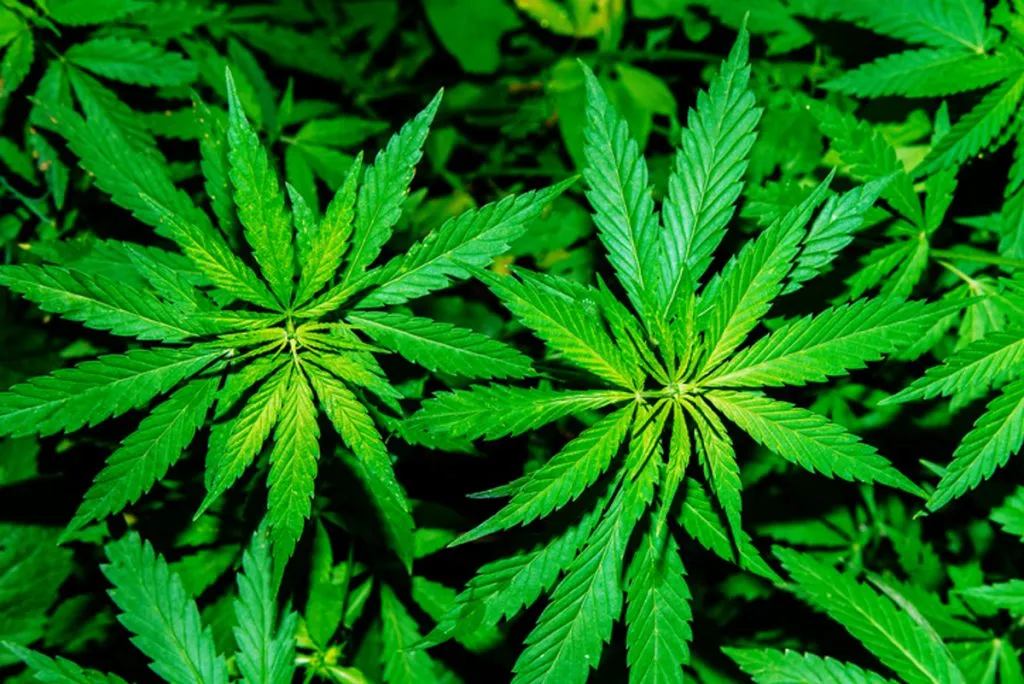The history of the California coast is synonymous with alternative culture, redolent of hippies, drugs and surf culture but that was then – now it reeks of liberal politics and hypocrisy.
California led the way by being the first state to legalise medicinal cannabis in 1996, setting a trend that spread to the majority of states by 2016. It was thought that legalising cannabis would reduce crime.
“The theory was simple: As cannabis buyers beat a path to the nearest dispensary, the black market would dry up, and with it the industry’s criminal element. Indeed, a study recently published in The Economic Journal found that after medical marijuana was legalized in California, violent crime fell 15 percent.
Talk to authorities in California’s Emerald Triangle, though, and a different story emerges. This 10,000-square-mile area (which includes Humboldt, Mendocino, and Trinity Counties) by some estimates grows 60 percent of the country’s marijuana.
Ben Filippini, a deputy sheriff in Humboldt, told me that ever since California’s 1996 medical-marijuana initiative, violent crime in his jurisdiction has increased: “People are getting shot over this plant. All legalization did here was create a safe haven for criminals.”
When I asked Trinity County’s undersheriff, Christopher Compton, what’s happened since a 2016 initiative legalized pot in the state, he said: “We haven’t seen any drop in crime whatsoever. In fact, we’ve seen a pretty steady increase.”
Compton’s counterpart in Mendocino, Matthew Kendall, agreed: “We’re seeing more robberies and more gun violence.”
The Atlantic
Once marijuana was legal for recreational use in California, it supplied an explosion of the black market industry in other states. There was no going back. The genie was out of the bottle and lawmakers still haven’t come to grips with regulating the marijuana wars.
“The partisans of legalization have won the battle for public opinion. Soon, I suspect, marijuana legalization will be entrenched in federal law. At this point, to fight against legalization is to fight against the inevitable.”
Salam is convinced of a fait accompli, describing opponents to legalised marijuana as “spectacularly incompetent.”
“In January, the Justice Department issued new guidance on its marijuana enforcement efforts, reversing an Obama-era policy that, in essence, gave state governments wide berth to regulate marijuana policy as they saw fit.
Attorney General Jeff Sessions has long opposed marijuana legalization, so this move was not entirely surprising. What Sessions failed to reckon with, however, is that the legalization of medical marijuana in several U.S. states, and the subsequent legalization of marijuana’s recreational use in a handful of others, had already created facts on the ground. He wasn’t just targeting a handful of scofflaws. Rather, he had in his sights a large and growing universe of growers and distributors, who had the sympathetic ear of state and local officials.”
The Atlantic
Chloe Swarbrick assures us that if marijuana is legalised here it will be government controlled and highly regulated but she gives no credence whatsoever to the probability of the black market burgeoning if cannabis production is legalised. We have yet to see the proposition to be put forward for a public referendum.
US states took various approaches to legalising marijuana, but the economic lure of marijuana sales largely outweighed the argument for adopting a not-for-profit approach. Vermont limits marijuana possession to one ounce for personal use or two mature marijuana plants and four immature marijuana plants per housing unit.
“In addition to legalizing use — which is what most polls ask about — there are many options on how to legalize supply. At the cautious end is just letting individuals grow a little for themselves at home, as in Vermont and Washington, D.C.
At the far end is legal commercial production by “for-profit” industry. Colorado and Washington State pioneered that riskier approach, which Oregon and California have emulated.”
National Review
The advantage of limiting production to personal use is that it avoids the problem of unknown quantities of additional THCs being added to commercial products. The higher the THC the greater the likelihood of addiction and psychotic episodes.
A scientific paper produces a year ago admits that the cannabinoid content of legal Cannabis in Washington state varies systematically across testing facilitates.
“The majority of adults in the U.S. now have state-legal access to medical or recreational cannabis products, despite their federal prohibition.
Given the wide array of pharmacologically active compounds in these products, it is essential that their biochemical profile is measured and reported to consumers, which requires accurate laboratory testing.
However, no universal standards for laboratory testing protocols currently exist, and there is controversy as to whether all reported results are legitimate.”
NCBI
There is a good case for legalising medical marijuana providing solid, standardised testing is put in place for quality control. But Swarbrick argues for legalising recreational marijuana on the basis that most of us will try it, currently sourced from the black market. She thinks that regulating the legitimate market will destroy the black market and says she will address quality issues and fund addiction issues but her view does not tally with the California experience.
Californian experience in legalising marijuana saw the black market skyrocket. The real problems though, which no amount of regulation can address, are two-fold: an increase in crime and a lack of quality control for both THC levels and contaminants.
California tests marijuana sold in pharmacies for medical use is clean and safe. A year ago, before recreational marijuana was legitimate in California, Jack Dumbacher warned of the contamination moving through the Northern California food chain and killing off wildlife.
“It’s a mess out there,” says Dumbacher. “And it costs taxpayers millions of dollars to clean up the sites.”
If you’re buying cannabis in the United States, there’s up to a 75 percent chance that it grew somewhere in California. In Humboldt County alone, as many as 15,000 private grows churn out marijuana. Of those 15,000 farms, 2,300 have applied for permits, and of those just 91 actually have the permits.
Researchers reckon that 15 to 20 percent of private grows here are using rodenticide, trying to avoid damage from rats chewing through irrigation lines and plants.
Worse, though, are the growers who hike into rugged public lands and set up grow operations. Virtually all of them are using rodenticide. “At very high doses the rodenticides is meant to kill by basically stopping coagulation of blood,” says Dumbacher. “So what happens is if you get a bruise or a cut it you would you would literally bleed out because it won’t coagulate.”
“Microbiological contaminants could come in the form of bacteria or fungi, depending on what kind of situation your cannabis has seen,” says Martin. (Bad drying or curing habits on the part of the growers can lead to the growth of Aspergillus mold, for instance.) “Or on the other side, the chemical residues can be pesticides, herbicides, things like that.”
Wired.com
Australia has made little progress toward legalising marijuana and it is unlikely our conservative Pacific Island neighbours will go down that route. This means they are both potential markets for lucrative black market cannabis operations out of New Zealand.
I have zero confidence in our government’s ability to do better than the US national health service which struggles with quality controlled testing of legal cannabis and has absolutely no control of the illegal market which theoretically should have disappeared.
There is no disputing the high social, economic and environmental costs of the Californian experience which the wet behind the ears Greens are so keen to replicate here.








